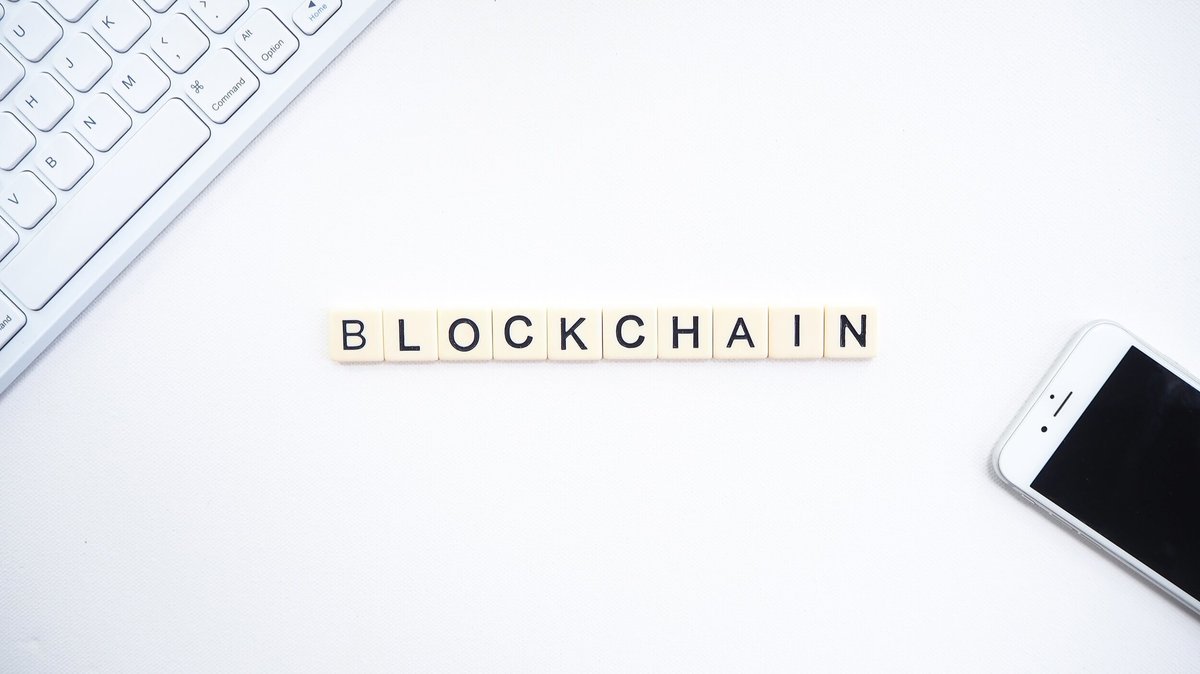An easy approach to Blockchain

The word Blockchain is in every corner, you hear of many initiatives and people that look into this technology. They try to explain it to you straight to the point but still, you don’t get it, maybe because it seems difficult to understand or because you didn’t have the time to investigate it. If you are in that group, do not embrace yourself! It’s normal, and here is your solution!
This article aims to provide you with a basic and easy approach to the technology, so when you will hear it again the word Blockchain (Believe me, you will hear at a lot from now on), you will be able to assess the information and get the insights.
Okay, let’s go with the approach!
It is common to think of Blockchain as the technology behind bitcoin. A fair approach, since the cryptocurrency is the first implementation of the technology. Moreover, Blockchain technology goes further than this application.
The standard definition of the technology will look like; “A technology for enabling decentralization while offering cryptography, disintermediation, immutability, cryptocurrencies, and so on”. Not the definition I want to give you today.
Today’s first approach will go through them by taking the analogy of the traditional merchant and supply chain:
Since the early days, when merchants bought and sell items, they have always registered their transactions in their ledger. Kind of the same as how it works nowadays, but in a digital format. Still, everyone has its copy, its version of the product history.
Blockchain creates a unique ledger and gives it to all the participants of the network. By this, there is only one source of information, one source that will be the unique truth for those transactions.
The fact that everyone owns the original version of the ledger is what makes this decentralization, nobody owns the original and give copies to the rest (Copies that could be manipulated and do not represent the truth). Everyone has the original ledger of the transactions that happen and happened within the network.
This decentralization gives high security; thus a hacker will have to change every ledger of every node to be able to change the truth. Also, it needs to be mention that records in the ledger are immutable. That means, that once the transaction is recorded, it cannot be modified nor deleted. To re-establish the previous equilibrium another transaction will have to be made and added to the ledger oppositely.
All the transactions are recorded in different blocks of transactions, and once the block is filled is added to the chronological chain, making the so-called “Blockchain”. The transactions, once done, are encrypted with cryptography in a way that cannot be altered without notice, and again the technology provides more security and data immutability.
Now you will be asking, okay, and how transactions are added?
The fact that there is no central authority to validate those transactions, made the need for a consensus protocol. The different consensus can be Proof of Work (PoW), Proof of Stake (PoS), and others… But let's keep it simple for now. All the consensus mechanisms lie on the same purpose, users validate the transactions that occur in the network according to the protocol. This way, there is no need for intermediaries.
Okay, got it! And is always the same right?
No. But assessing all that information was a huge first step into knowing the technology.
Let's say, Blockchain can be classified by the permissions allowed for viewing, writing, and updating the ledger. There are two big groups of types of Blockchains: public permissionless Blockchains and private Blockchains.
In public permissionless Blockchains, everyone can participate, add transactions, validate them, and view the full ledger. This type of Blockchain is adopted by cryptocurrencies such as Bitcoin or Ethereum.
In private or permissioned Blockchains, just allowed users to join the network, and those allowed will participate according to their access. There, could be users that can add and view transactions, users that can just read but can not add transactions, and so on. It will depend on the pre-defined permissions for the particular user in viewing, writing, and updating the ledger.
Okay, and what about cryptocurrencies, smart contracts, projects, etc?
Of course, Blockchain does not stop here but don’t worry, more articles will come.
I hope this article gave you the easy approach I expected to give you, and that you grasped the different concepts, being able to understand the basics. Take the time and chances you need to understand these concepts and share them with your network, so nobody is left behind!